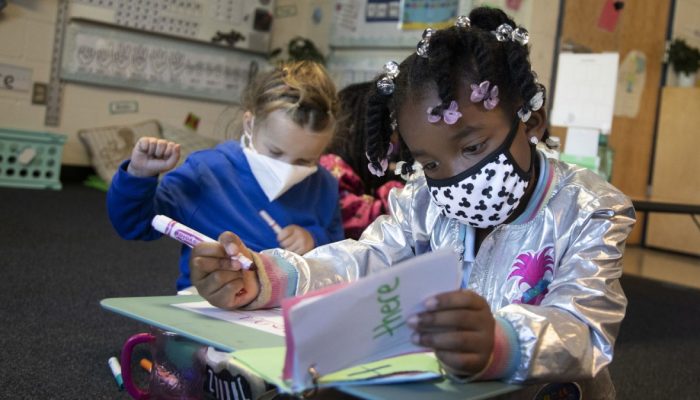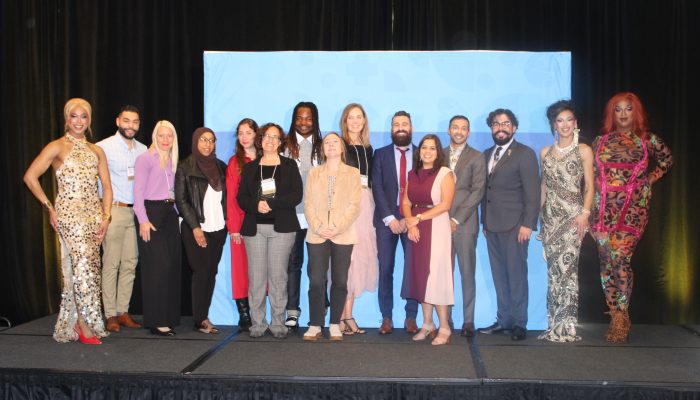Note: This page is no longer being updated. See the latest guidance for schools and early childhood education.
The Health Department believes that it can be safe for children to be learning in school, even during the COVID pandemic. This is not because schools are magical places that protect children, but because of the hard work of everyone involved following the Health Department’s guidance. This hard work is what keeps young children who cannot yet be vaccinated safe. This hard work keeps our children in school and learning.
Protective measures
There are many layers of protective measures intended to protect students, staff, and faculty in Philadelphia schools. First, everyone must wear masks the entire time they are in the building, except for when they’re actively eating or drinking. Schools must enable physical distancing where they can, provide opportunities for good hand hygiene, and provide a clean site. And obviously, we strongly recommend that everyone that’s eligible be fully vaccinated, too. Finally, all schools in Philadelphia have to follow our guidance on contact tracing, screening, and quarantine.
Screening and testing
Everyone must self-screen before entering any school building. If you have symptoms of COVID, you should stay home and get tested as soon as possible.
The CDC’s guidance says to conduct weekly screening testing for unvaccinated students, where possible, when community transmission is at moderate, substantial, or high levels, like it is in Philadelphia.
Screening testing should also be offered to all teachers and staff who have not been fully vaccinated no matter how much community transmission there is.
We are also now including test to stay as an option for schools. This means that schools could allow close contacts of someone who tests positive in school to avoid the need for quarantine if – and this is a big if — the school is able to offer frequent rapid testing and the child tests negative every other day for a week.
In-person learning pauses and quarantine
Students, staff, and faculty who test positive for COVID should tell their school right away so contact tracing can begin. This allows people who may have been exposed to protect others around them and get tested. Doing that right away is one of the best ways to interrupt the chain of transmission.
Some people will be asked to quarantine. This means that they should stay away from other people, keep an eye out for symptoms and get tested. If enough people test positive, it might be safer to pause in-person learning for a class, a grade, or even an entire school.
When one or two people in a school test positive, their close contacts quarantine for up to 10 days if they are unvaccinated. If the close contacts are vaccinated, they don’t need to quarantine, but they should get tested 3 to 5 days after that exposure so long as they don’t have any symptoms and they should make sure to mask in public.
If three people in a class test positive, that class should pause in-person learning for 10 days.
If those three positive cases are in different grades or classrooms, the school should treat them like individual cases and just quarantine their close contacts.
However, once we get to the point where 6 or more people test positive in a grade, the school should call the Health Department immediately and discuss needing to pause in-person learning for the entire grade.
If three or more grades are paused, or more than 3% of the entire school community tests positive, the school should call the Health Department immediately and discuss needing to pause in-person learning for the entire school.
Everyone wants to see our children learning and thriving in a safe environment. Helping to stop the spread of COVID is one step in doing that.




